
This guide may be helpful for students who are preparing their doctoral theses.
- Subject:
- Education
- Language, Grammar and Vocabulary
- Material Type:
- Lecture Notes
- Student Guide
- Teaching/Learning Strategy
- Author:
- Alan Walker
- Date Added:
- 09/16/2020

This guide may be helpful for students who are preparing their doctoral theses.

During the Spring 2020 semester, I taught this wonderful group of ESL learners in the classroom and on Zoom after the pandemic hit. This OER is a collection of resources, teaching ideas, and student artifacts about that experience. I hope it helps you. If you have questions, or just want to brainstorm, feel free to email me at <mike.mutschelknaus@rctc.edu>.
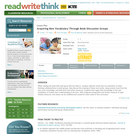
This lesson employs direct instruction and small-group discussion to help students learn new vocabulary skills while reading Patricia Polacco's "Pink and Say".

Activity about English pronouns
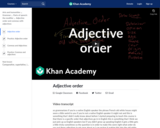
Learn about the adjective order of Standard American English and your new favorite memory aid: DOSA-SCOMP.

This is a great lesson to use with pre-intermediate students. Though parts of it can be used with beginner students and as a review for more advanced students. The point of this lesson is to give students the ability to differentiate between similar-looking adjectives in English. When teaching adjectives ending in –ed and –ing you will cover words like boring and bored which tend to confuse new speakers. So if you find that one of your students is struggling with adjectives this is the right lesson to teach.If you want additional lesson plans and support, including teachers’ notes, be sure to register for a free Off2Class account.
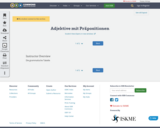
Die grammatische Tabelle
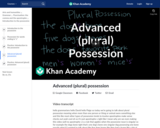
Paige and David talk about using apostrophes to show that something belongs to multiple people.
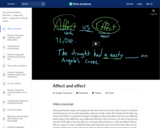
TL;DW: affect's a verb and effect's a noun. But there's a little more to it than that.

Tabelle zur Erklärung und Wiederholung des Akkusativs, inklusive Übung zum Präsens.
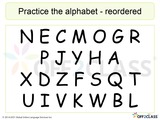
Lesson 2 allows students to practice what they learned prior. With your help, students can work on recognizing letters out of sequential order while learning additional vocabulary.If you want additional lesson plans and support, including teachers’ notes, be sure to register for a free Off2Class account.

his lesson uses music and art in a vocabulary study of unfamiliar words from the song "America the Beautiful," increasing students' vocabulary while also increasing their knowledge of U.S. geography. A discussion to activate students' prior knowledge about sights and scenery throughout the United States is followed by a read-aloud and introduction to the song "America the Beautiful," which is then sung in each session of the lesson. Students learn the meanings of the song's words through shared reading and the use of context clues and images. Students then use photographs, illustrations, and descriptive language to create a mural shaped like the United States. Finally, through pictures and words, students reflect on what they have learned. This lesson is appropriate and adaptable for any patriotic event or holiday, and many of the vocabulary strategies are adaptable for other texts or word lists, as well.

This lesson focuses on the vocabulary and skills students need to define, identify, discuss and apply a variety of informative writing techniques. The texts in this lesson are infographics related to marginalized people. Students are asked to apply the techniques they learn to an informative text of their own.
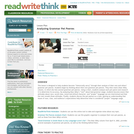
By analyzing Dear Abby's rant about bad grammar usage, students become aware that attitudes about race, social class, moral and ethical character, and "proper" language use are intertwined.
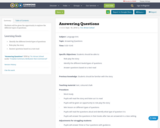
Students will be given the opportunity to explore the different types of questions.
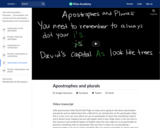
There is *one* extremely rare case in which we use apostrophes to make things plural. David and Paige, KA's resident grammarians, discuss this unusual case.
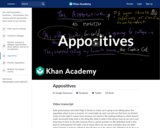
David and Paige, KA’s resident grammarians, cover appositives and how to use commas along with them.

In this activity, students will practice reading and writing numbers from 1-10 with simple math problems.Can-Do Statements:I can read\write numbers from 1 to 10 in Arabic.I can use simple math problems like +, -, and = in Arabic.I can exchange my number with others in Arabic.

In this activity, students will practice reading and writing colors in Arabic with a fun game! As well as practicing using the color with feminine and masculine forms. Can-Do Statements:I can read/write colors in Arabic.I can recognize that colors have feminine and masculine forms in Arabic.I can use colors with feminine and masculine forms.

In this activity, students will practice how to describe their emotions about something, they will be shown multiple pictures, and they will describe their feelings when seeing the pictures. They will also practice what to say when visiting someone sick.Can-Do Statements:I can describe my feelings in Arabic.I can understand and use the phrases of emotions for either feminine or masculine.I can use the appropriate phrase with someone sick.